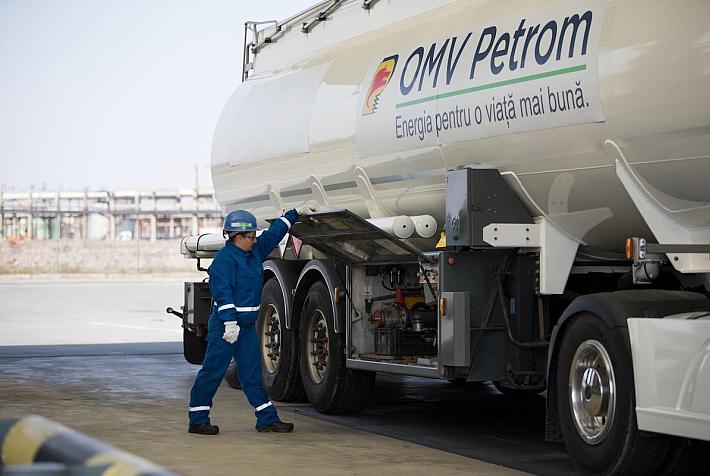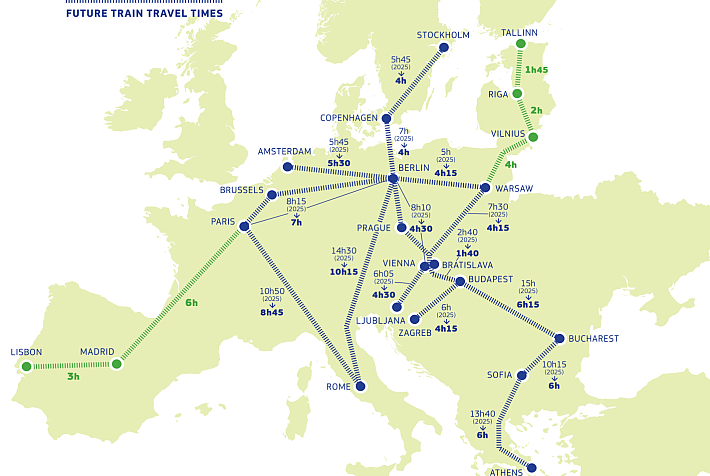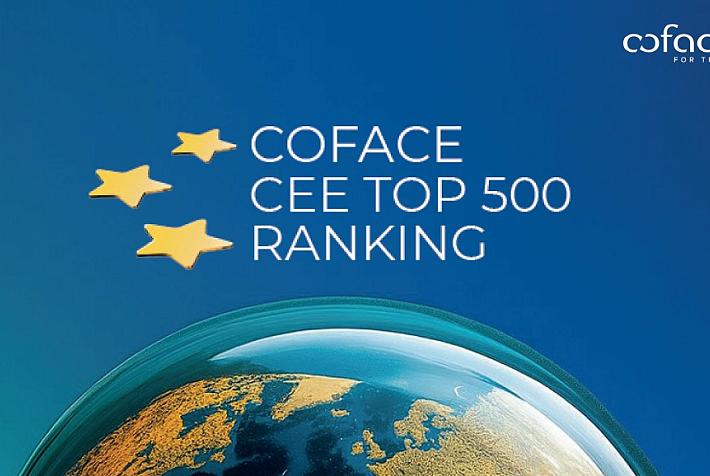Buying a business in Romania: cultural due diligence and hidden cultural rules

 Cross-border mergers and acquisitions are common and often used to acquire more efficient access to resources and human capital, to expand markets and to create new ones. Due to promising predictions, as well as a considerable amount of time and money spent on legal and administrative issues, potential difficulties deriving from cross-cultural differences and hidden cultural rules are often neglected. This week we look at an actual acquisition of a Romanian business and analyze its impact.
Cross-border mergers and acquisitions are common and often used to acquire more efficient access to resources and human capital, to expand markets and to create new ones. Due to promising predictions, as well as a considerable amount of time and money spent on legal and administrative issues, potential difficulties deriving from cross-cultural differences and hidden cultural rules are often neglected. This week we look at an actual acquisition of a Romanian business and analyze its impact.
By Irina Budrina
Three years ago, Heineken N.V. announced the acquisition of the Romanian brewery Bere Mures. This transaction would strengthen Heineken's leadership in Romania increasing both its market share – 31 percent, and volume to 6 million hectoliters.
"This transaction allows us to consolidate our leading position in Romania. We have a stronger portfolio , more diversified with leading brands and an excellent platform through which we will bring the value and development,” said at the time Nico Nusmeier, Regional President of Heineken for Central and Eastern Europe.
The beer maker in Romania was 90 percent controlled by five players - Ursus Breweries, Heineken, Bergenbier, Tuborg and Romaqua, while small producers accounted for only 10 percent of the market.
What was the reasoning behind the Heineken – Bere Mures deal? The two main players were forced to play the game of market leaders, as an alternative to organic growth, and any strategic movement like M&A was a key determinant in their market positioning. The particular case of Bere-Mures acquisition was not necessarily a desired acquisition, but rather a reactive movement to the market tendencies.
In their turn, the Bere-Mures shareholders sold the company simply because it was the best moment of exiting the market.
On the other hand, the main players Ursus and Heineken, fighting for the first position, were forced to get involved in the process and make a decision. At the moment of the acquisition the market share difference between Heineken and its main competitor SAB Miller was only 1 percentage point, thus the fight of getting Bere-Mures that accounted for 6 percent of the market was very tight with both players negotiating in parallel with Bere-Mures. The improvement in competitive position is one of the main drivers of M&A transactions and this was also one of the main reasons behind the Bere-Mures acquisition.
During the process the two companies used a system called Total Product Management, which is very similar with Six Sigma concept, where Six Sigma can deal with a cultural change as well. “It was necessary to align all the processes of Bere-Mures with those of Heineken Romania,” said Vasile Ciurba, Member of the Board of Directors of Bere Mures.
Another aspect that was considered important was “the leadership style of the Romanian management of Bere-Mures, which was a direct leadership style, the decisions were taken much faster compared to Heineken Romania”. Two different national cultures – collectivist and individualistic ones, were merged into a new organizational culture through successful leadership.
There are various obstacles for international mergers and acquisitions and these can have a tremendous impact on the international workforce and global business operations if not addressed in the early stages.
Obstacles for international M&As in the cultural field include:
- different values,
- attitudes and behaviour between the home and the host culture which can cause misunderstandings,
- client and employee dissatisfaction.
Read about Cultural due diligence on next page
Cultural due diligence
The cultural fit between an acquirer and a target is one of the most neglected areas of analysis prior to the closing of a deal. However, cultural due diligence is as important as careful financial analysis. Without it, the chances are great that M&As will quickly amount to misunderstanding, confusion and conflict. Cultural due diligence involve steps like: determining the importance of culture, assessing the culture of both- a target and an acquirer.
It is useful to know the target management behavior with respect to dimensions such as centralized versus decentralized decision making, speed in decision making, time horizon for decisions, level of team work, management of conflict, risk orientation, openness to change, communication styles etc.
It is necessary to assess the cultural fit between the acquirer and target based on cultural profile. Potential sources of clash must be managed. It is necessary to identify the impact of cultural gap, and develop and execute strategies to use the information in the cultural profile to assess the impact that the differences have.
The Cultural Assessment starts with asking the right questions.
1. How does cultural integration planning fit into acquisition strategic planning, negotiation, and due diligence processes?
2. How can executives identify critical implementation issues during the planning and negotiation stages?
3. What integration tools are useful for functional departments? For merged cross-functional projects?
4. For individuals and multicultural small task groups who must work together for the first time?
5. What are the roles of top (from one culture) and mid-level (from another culture) management (on both sides) during implementation?
Answers to these questions will help leaders/managers get an idea of what to expect during the merger and how do deal with the specific cultural issues.
Recommendations
More broadly, the challenges of changing from a single, culturally integrated national organization operating in a familiar market in one time zone to managing a cross-border organization incorporating a new set of people, perspectives and issues can take many management teams by surprise.
- Set clear expectations and invest in high-quality, two-way communication. Recognizing and adapting to the different communication styles and expectations of the cultures involved will also help to reduce any feelings of mistrust and concern - not only among employees but, just as importantly, among clients and other stakeholders in the new markets.
- Acknowledge cultural differences but simultaneously create a common corporate culture with a single goal: achieving high performance. Successful cross-border M&As are often those that embrace cultural diversity as a creative and fertile source of positive new ‘ways of doing things’ and go on to create a ‘third culture’ that is shared by all employees and embraced by external stakeholders. Awareness of language, cultural values, attitudes and behaviors are critical success factors of the integration process.
- Move to a cross-border operating model. Through integrated management. Cultural differences between organisations of different nationalities could affect the suitability of prospective partners and the management style to be adopted should the alliance or takeover proceed.
irina.budrina@romania-insider.com











